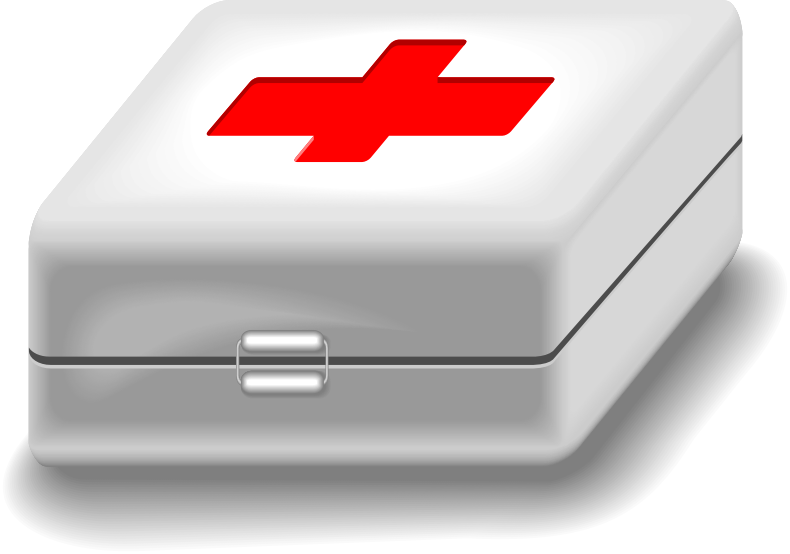It’s one thing to call on people to think critically. It’s another to know how to do that. Like all skills, critical thinking almost never comes naturally; it must be learned, and in many cases this is because it runs counter to instinct. Humans are very good at pattern recognition, as it appears to have long-conferred an overall survival advantage. However, the mind is over-active; it sees patterns where there are often none at all. The mind must be sharpened to avoid the pitfalls of its own architecture.
Carl Sagan, astronomer and science communicator, wrote in his final book a list of nine principles that can be used to avoid fooling yourself or others. This “Baloney Detection Kit” is an excellent starting point for exercising critical thinking, but you must study it and practice it over and over to become any good at it.
No one is perfect, of course: you will always be the easiest person that you are able to fool. Critical thinking takes constant effort, and can be draining. That is no reason to avoid it.
Here are the nine principles from Sagan’s Kit, reprinted verbatim from “The Demon-Haunted World: Science as a Candle in the Dark”. [ASIDE: I highly recommend this book. While the case studies in the book are rooted in the period in which it was written (satanic cults and UFO abduction stories, for example, were popular myths in the 1980s), you can replace those with modern examples (e.g. the claims of the Q-Anon conspiracy, or COVID-19 denialism) and draw the same conclusions now as then.]
Carl Sagan’s Baloney Detection Kit
- Wherever possible there must be independent confirmation of the “facts.”
- Encourage substantive debate on the evidence by knowledgeable proponents of all points of view.
- Arguments from authority carry little weight — “authorities” have made mistakes in the past. They will do so again in the future. Perhaps a better way to say it is that in science there are no authorities; at most, there are experts.
- Spin more than one hypothesis. If there’s something to be explained, think of all the different ways in which it could be explained. Then think of tests by which you might systematically disprove each of the alternatives. What survives, the hypothesis that resists disproof in this Darwinian selection among “multiple working hypotheses,” has a much better chance of being the right answer than if you had simply run with the first idea that caught your fancy.
- Try not to get overly attached to a hypothesis just because it’s yours. It’s only a way station in the pursuit of knowledge. Ask yourself why you like the idea. Compare it fairly with the alternatives. See if you can find reasons for rejecting it. If you don’t, others will.
- Quantify. If whatever it is you’re explaining has some measure, some numerical quantity attached to it, you’ll be much better able to discriminate among competing hypotheses. What is vague and qualitative is open to many explanations. Of course there are truths to be sought in the many qualitative issues we are obliged to confront, but finding them is more challenging.
- If there’s a chain of argument, every link in the chain must work (including the premise) — not just most of them.
- Occam’s Razor. This convenient rule-of-thumb urges us when faced with two hypotheses that explain the data equally well to choose the simpler.
- Always ask whether the hypothesis can be, at least in principle, falsified. Propositions that are untestable, unfalsifiable are not worth much. Consider the grand idea that our Universe and everything in it is just an elementary particle — an electron, say — in a much bigger Cosmos. But if we can never acquire information from outside our Universe, is not the idea incapable of disproof? You must be able to check assertions out. Inveterate skeptics must be given the chance to follow your reasoning, to duplicate your experiments and see if they get the same result.
The Lunchable Version of the Baloney Detection Kit
Easier to fit on a note card, we can boil the above down to these rules of thumb:
- Require independent confirmation.
- Encourage debate, using experts to argue all points.
- Arguments from authority are to be ignored.
- Consider alternative explanations, test them, and see which survive.
- Do not get attached to your explanation.
- When measurement is possible, do so.
- Every link in the chain of argument must hold.
- Given equally valid alternative explanations, choose the simplest.
- All good explanations can be, in principle, refuted by a test; demand that quality.





